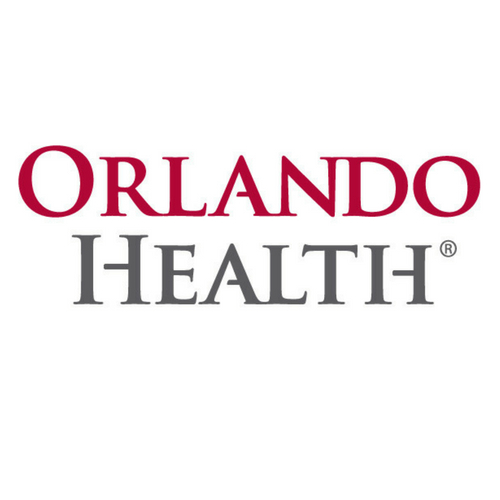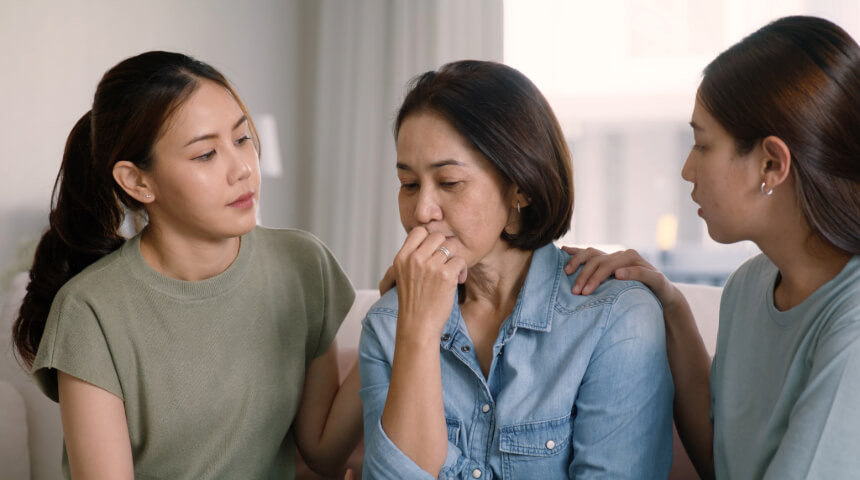Chances are, you’ve suffered a burn at some point -- from a stove, firework, hot liquid or campfire accident. Burns are the fourth-most common household injury, behind falls, cuts and poisoning.
Even though common, a burn can be difficult to figure how to treat – and when it’s severe enough to head to the ER.
Most burns are first degree, meaning that only the outer layer of skin is damaged. Touching a curling iron or a hot plate briefly, for example, will likely cause a superficial burn, which tends not to require a doctor’s care.
Here’s everything you need to know about burns and how to treat them.
When To head to ER
A doctor should treat your burn based on several factors, including:
- The size of the burn. Any burn larger than the size of one of your hands if on the arms, legs or trunk.
- Blister size. Burns with blisters larger than the size of a quarter.
- Where the burn is. Any burn on the face, eyes, genitalia, or on your elbow, knee, wrist or any other cross joint.
Pain level. If the burn is minor but causes pain that is intolerable, even after you have applied over-the-counter medications.
Also go to the emergency room if any of the following are present:
- Redness around the burn
- A change in drainage
- Increased swelling
- Numbness around the burn
A severe burn may require the attention of a specialized burn center, which can provide further treatments, including surgery, nutritional support and physical rehabilitation.
Keep in mind that if you are unsure if your burn meets the criteria suggesting ER care, the safest course of action is to seek professional help, especially if you have concerns or discomfort caring for the injury.
When Burns Can Be Treated at Home
If your burn meets none of the above criteria, it should be safe to treat at home by following these guidelines:
- Rinse your burn in lukewarm water to remove any remaining hot substances or debris.
- Do not apply ice. Ice decreases circulation to the damaged skin, and blood circulation is essential for healing wounds.
- Remove any rings if the burn is on your hands because burned areas will swell.
- For burns without any open skin, no dressings are needed. You can apply a moisturizer, such as Cocoa Butter Cream topically as needed to treat itching or dryness.
- Apply ointment or topical products only if there are open wounds. Burns will open after blisters and burned skin separate or are removed. If the burn is open, be sure to keep covered with ointment and gauze to prevent the burn from drying out.
- Once or twice daily, apply dressing changes using a nonstick gauze. Repeat if the dressings become soiled or wet. Be sure to thoroughly clean the burns with soap and water to remove drainage or loose skin prior to each reapplication of dressings.
- If the burn is on an arm or leg, elevate it when you are seated to prevent swelling and continue this until the open burn has closed. Movement and gentle exercises are important.
- If your health history and allergies allow, use over-the-counter products such as acetaminophen or ibuprofen to help manage pain. Consult your pharmacist or care provider if you are unsure what is safe for you to take.
Pay attention to after-burn care. Once burns have healed and closed, keep the skin moisturized to avoid peeling and itching. For one year after the burn, keep the affected area safe from unprotected sun exposure. Wear loose, sun-protective clothing when possible and a wide brimmed hat, if the burn is on your face, ears, or neck.
Contact your care provider if you have concerns or questions.
Step Up to Healthy Living with Health Beat
At Orlando Health, we want to help you live a healthy, balanced life. Sign up today to have Health Beat delivered to your inbox on a bimonthly schedule.
Sign Up










